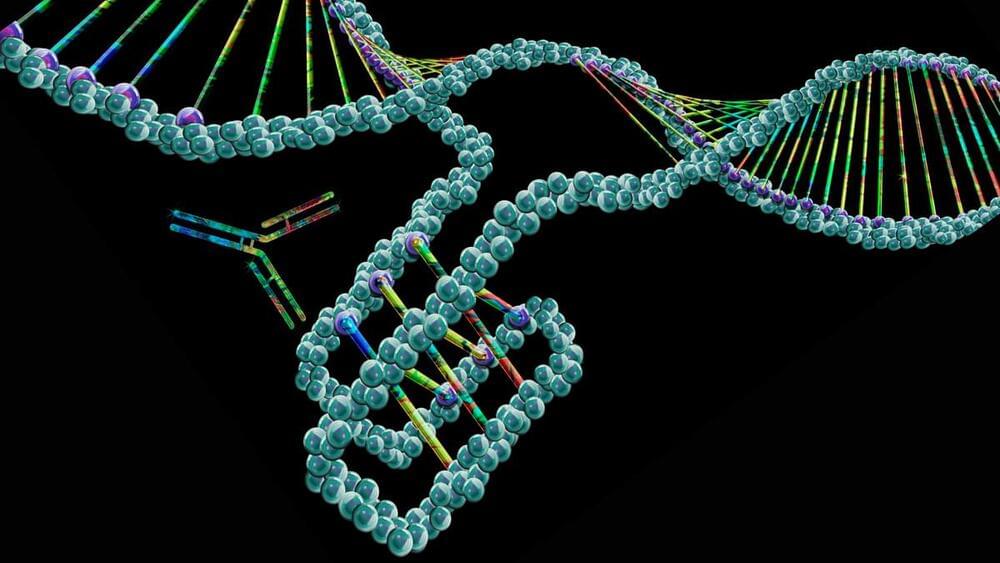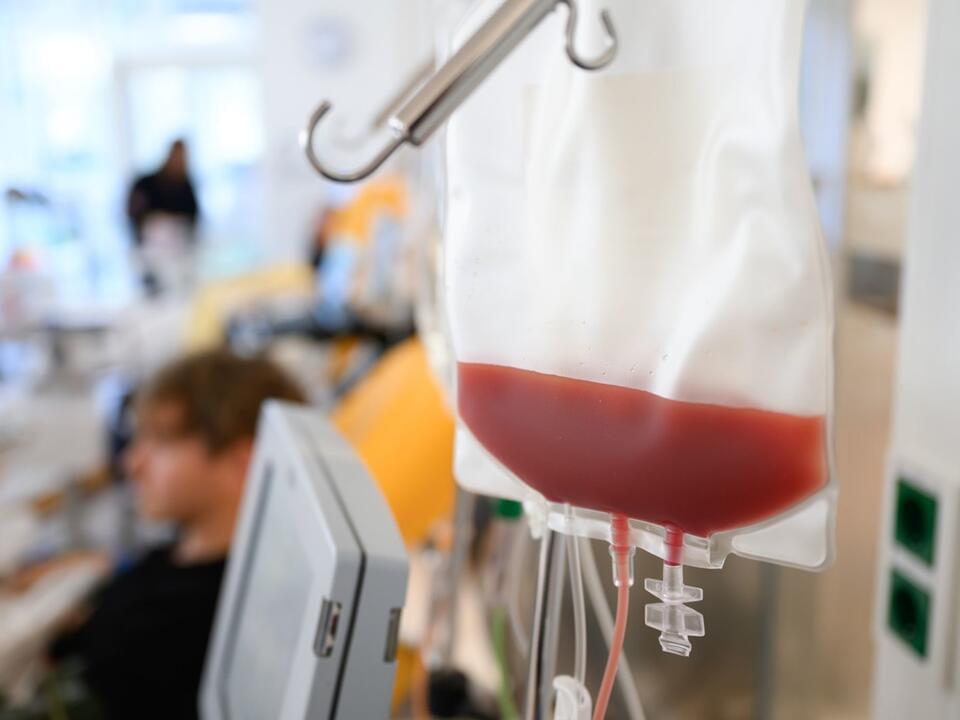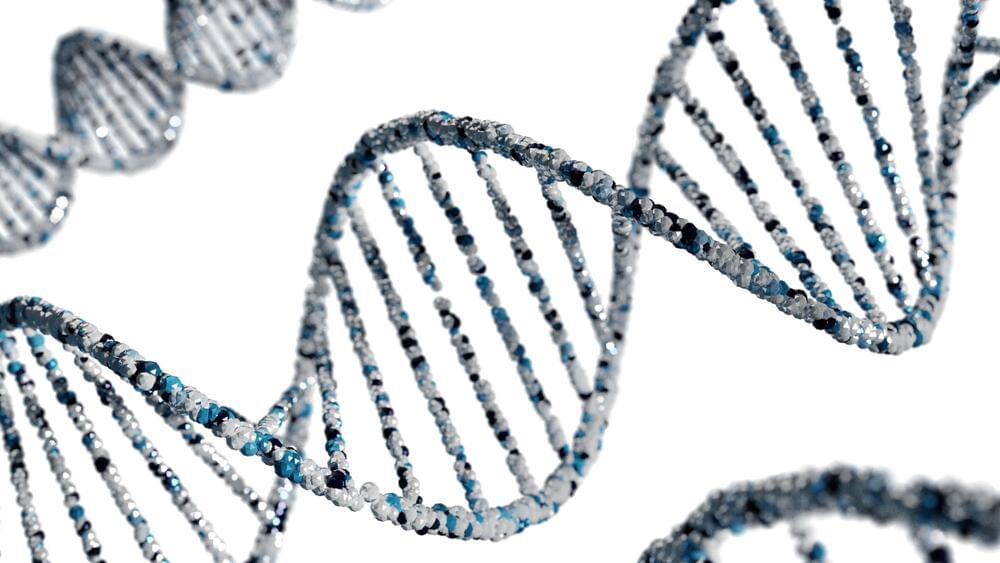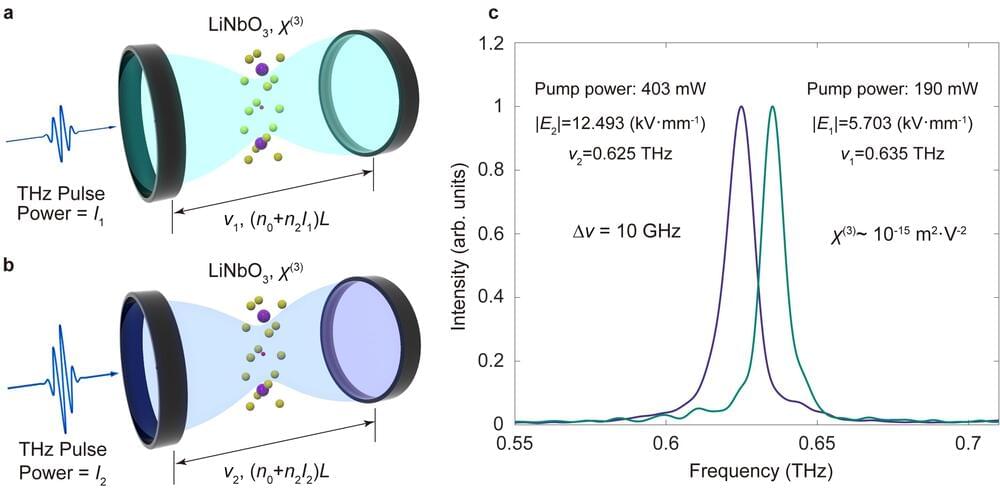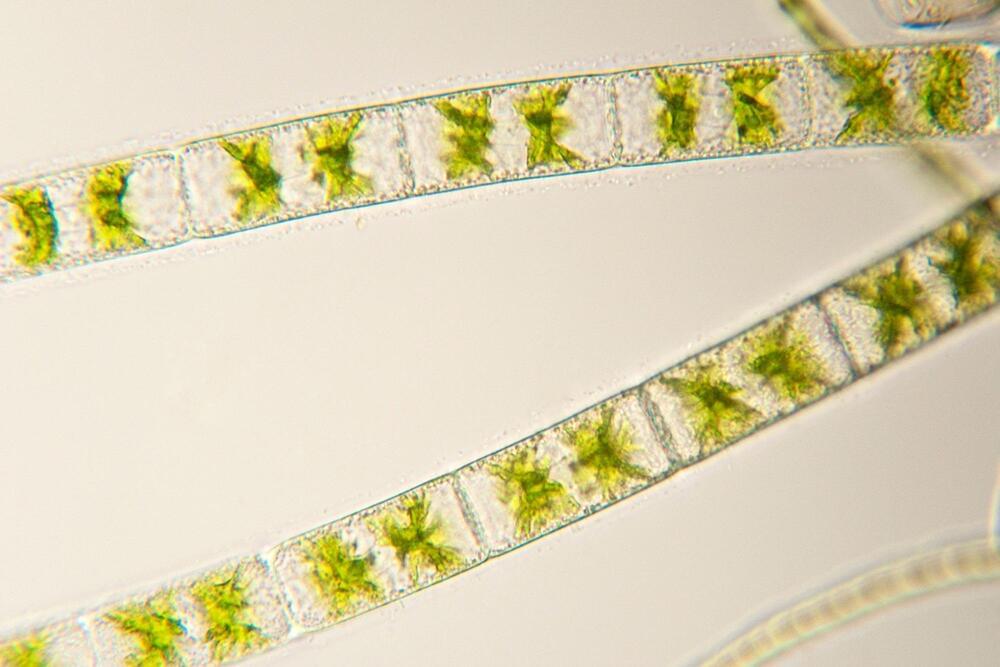MIT’s soft drone flies and grasps, swiftly picking up a bottle in a demo video:
Interestingly, the drone’s new capabilities allow it to catch objects that are moving at speeds of up to 0.3 meters per second.
Researchers have been developing drones that can perch on surfaces and perform tasks such as inspecting structures and collecting DNA samples from trees. Surprisingly, this drone can do this in the near future. The video shows the drone hovering over a table, reaching out with its gripper, and successfully gripping a bottle.
This technology has several possible uses, ranging from simple activities like parcel delivery to more difficult missions in dangerous settings.

